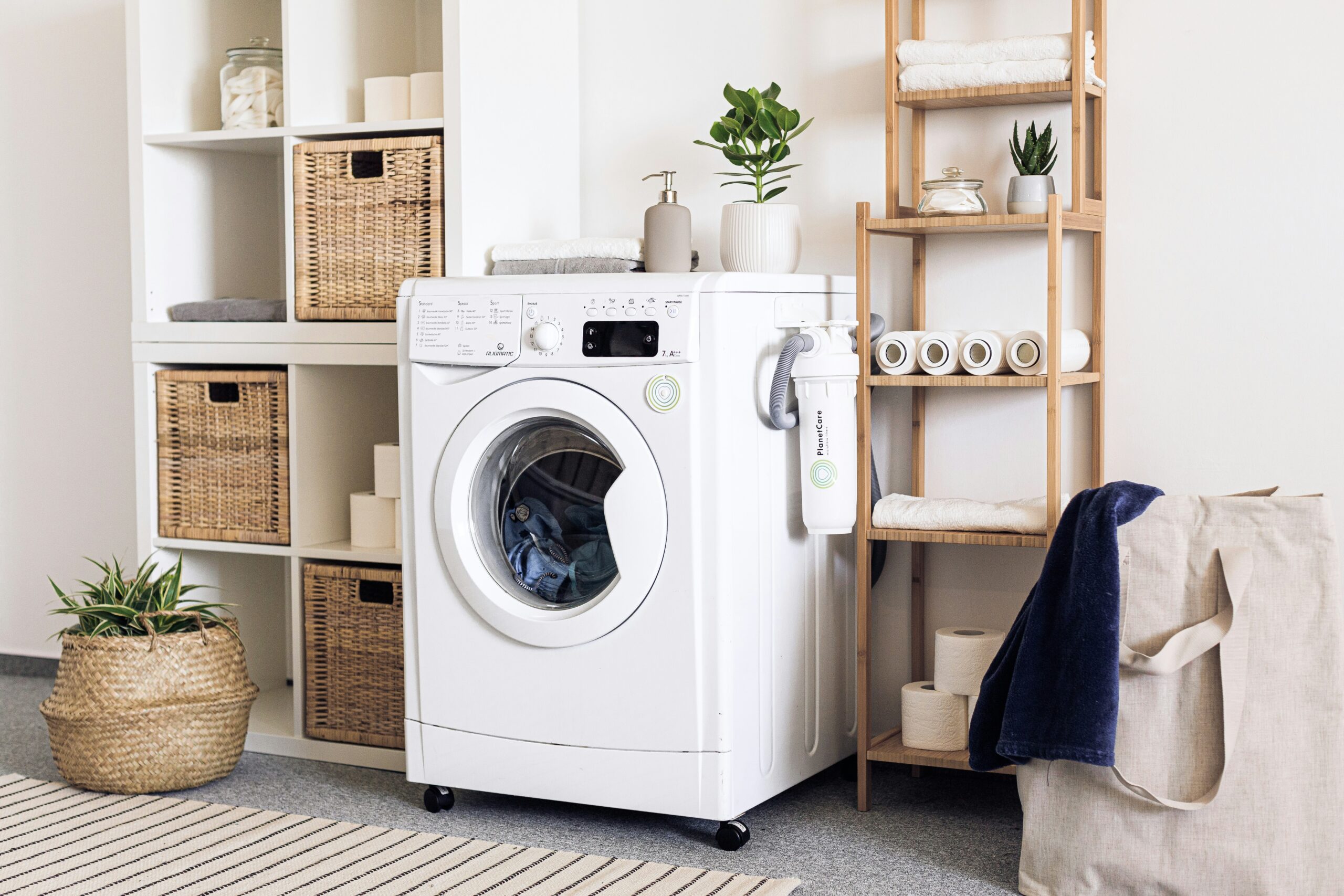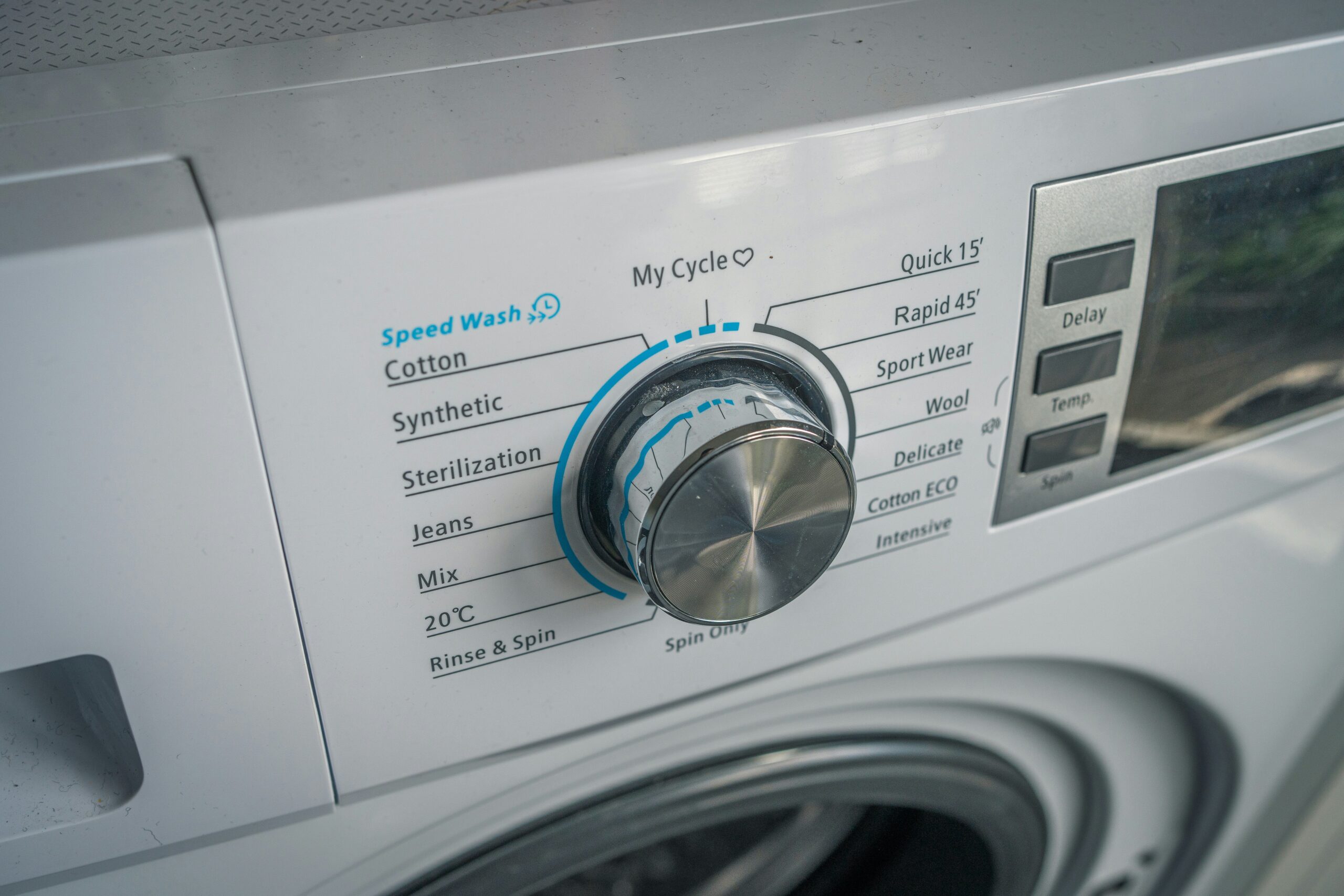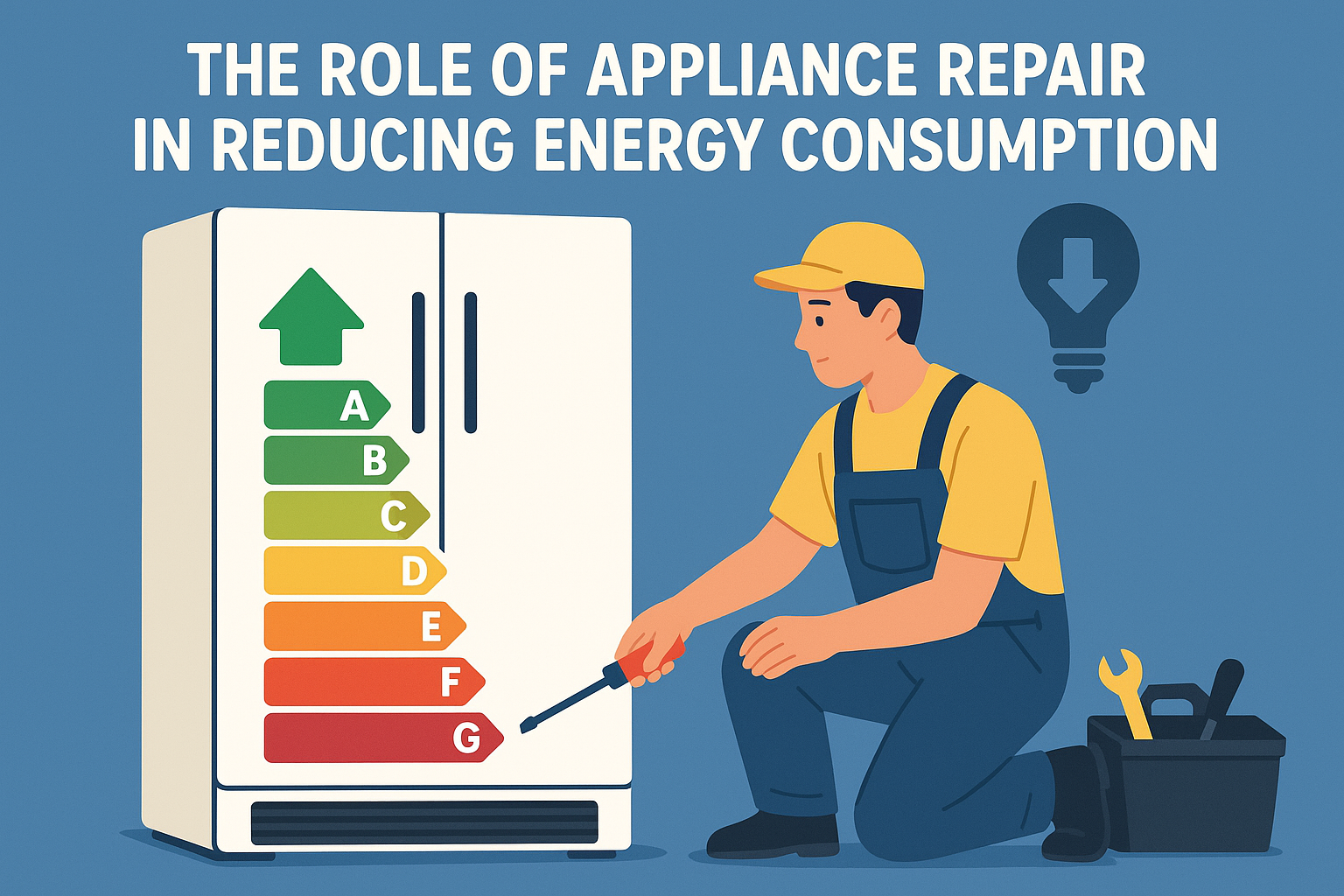Appliance repair is actually a very detailed task. It involves a lot of things like taking precautions, having the right tools, looking at the machine and others. Among these things, there is another thing you need to know about appliance repair that will make the whole thing a whole lot easier. The wiring diagrams! When a household appliance stops working, a lot of times the problems usually lie in their electrical connections. We completely agree that calling a professional is always a better option, but it is also better for you to know how to read and use wiring diagrams. They can sometimes save you both time and money. That’s why, today we are talking about everything we know of the wiring image and explain how these can help you identify and fix common appliance issues.
The Wiring Diagrams
You can think of a wiring diagram as a road map of electricity. Just like the maps show how roads connect different cities and states, in the same way, the wiring images show how electrical parts are connected in the appliance. These wiring diagrams use a lot of standardized symbols and lines to represent different electrical parts and their connections.
The basis of reading a wiring diagram starts with identifying the common electrical symbols. Most modern appliances have a lot of different standard parts. Switches come as small breaks in the circuit, which shows where the power can be interrupted. Most of the power sources are usually marked with battery-like symbols or voltage indicators. Motors are marked with circles with ‘M’ inside. The heating elements are shown as zigzag lines, and the thermostats show up as rectangles with temperature markings.
The Electrical Flow
Every line in a wiring diagram has a story of its own. The solid lines represent the main power flow, while the dotted lines mostly show secondary or control circuits. The black lines indicate the hot wire that carries current, white lines mean neutral wires and the green or bare copper lines mean ground connections.
This colour coding is actually very important in understanding these wiring diagrams. Although each printed diagram might use different colours, they will always include a description of what each colour represents. This explanation helps to maintain consistency across different manufacturers and models.
Related: Why is Thermistor Resistance Important for Accurate Temperature Readings?
The Practical Application
When appliance problems come up, and you take it upon yourself to repair them on your own, the wiring diagram becomes a very important tool. For example, if a dryer stops heating, the wiring diagram shows all the parts that are involved in the heating circuit. You can easily follow this diagram and be clear about how the heating elements in your appliance connect to the thermostat, timer, and power source.
Common Problem Areas and Solutions
Loose Connections
The wiring diagrams usually help you identify the connection points where the wires might have come loose. These points usually are marked as dots or small circles on the wiring image. This shows where the wires should be properly joined.
Short Circuits
When appliances stop working out of nowhere, short circuits might be the reason for it. In these cases, wiring diagrams can help you out. They will show where circuits should be isolated. This makes it easier to spot the areas where the wires might have crossed incorrectly.
Parts Failure
If your appliance’s specific functions fail while others are working, the wiring diagram will help you figure out which part might need to be tested. For example, if the dishwasher fills but doesn’t drain, the wiring diagram will show which part is specifically involved in the drain circuit.
Safety Measures
Before going on to attempt any kind of electrical repair or work, safety has to be the top priority. Wiring diagrams usually include all the necessary safety warnings and the specified voltage ratings. They will indicate which parts carry dangerous voltage levels and where the disconnected points are located.
Another part of safety is having the right kind of tools for diagnosis. You should use voltage testers as it helps in checking if the power is truly off before you touch any electrical parts. There are also continuity testers that check if electrical pathways are intact. Use insulated tools that protect you against accidental contact with live wires. All of these tools combined with proper wiring diagram reading will make your whole troubleshooting both safer and more effective.
Related: What Tools Can Help You Fix General Troubleshooting Issues in Appliances?
The Manufacturer Resources
Most of the appliance manufacturers provide a detailed wiring diagram in their service manuals. These wiring images usually come with additional notes about the common failure points and the whole testing process. A lot of manufacturers now also offer online resources where these wiring diagrams can be easily downloaded or viewed digitally.
Advanced Troubleshooting Techniques
Sequential Testing
Wiring diagrams usually show the sequence of operations as they are in the appliance. You can easily follow this sequence as you are testing. This helps in identifying exactly where a circuit fails. For example, a washing machine wiring diagram usually shows how the timer controls functions in order. This makes it easier to spot where the sequence breaks down.
Circuit Isolation
Modern appliances mostly have multiple circuits working together. The wiring diagrams help isolate these circuits and help you do focused testing of specific functions. So that you aren’t overwhelmed by the entire system.
Digital Tools and Resources
There are a lot of different digital tools that exist to help you interpret the wiring diagrams. There are also mobile apps that can help identify symbols and provide quick reference guides. Some of the manufacturers even offer interactive diagrams that show you a clear current flow and help diagnose problems in real time.
Related: How to Avoid Common Hazards by Following Safety Warnings in Appliance Repairs
Conclusion
With technology, appliances nowadays have become more and more complex. But the wiring diagrams are also evolving. So, modern diagrams also include electronic control boards and digital sensors. That’s why it is important to understand how these parts come together with traditional electrical systems has become so important for successful troubleshooting. Once you get to know how to read the wiring diagram, homeowners can easily do a DIY repair for common appliance problems with ease. However, you should always leave complicated repairs to the professionals from Tech Angels. This knowledge will help you make a well-informed decision about all repairs.






